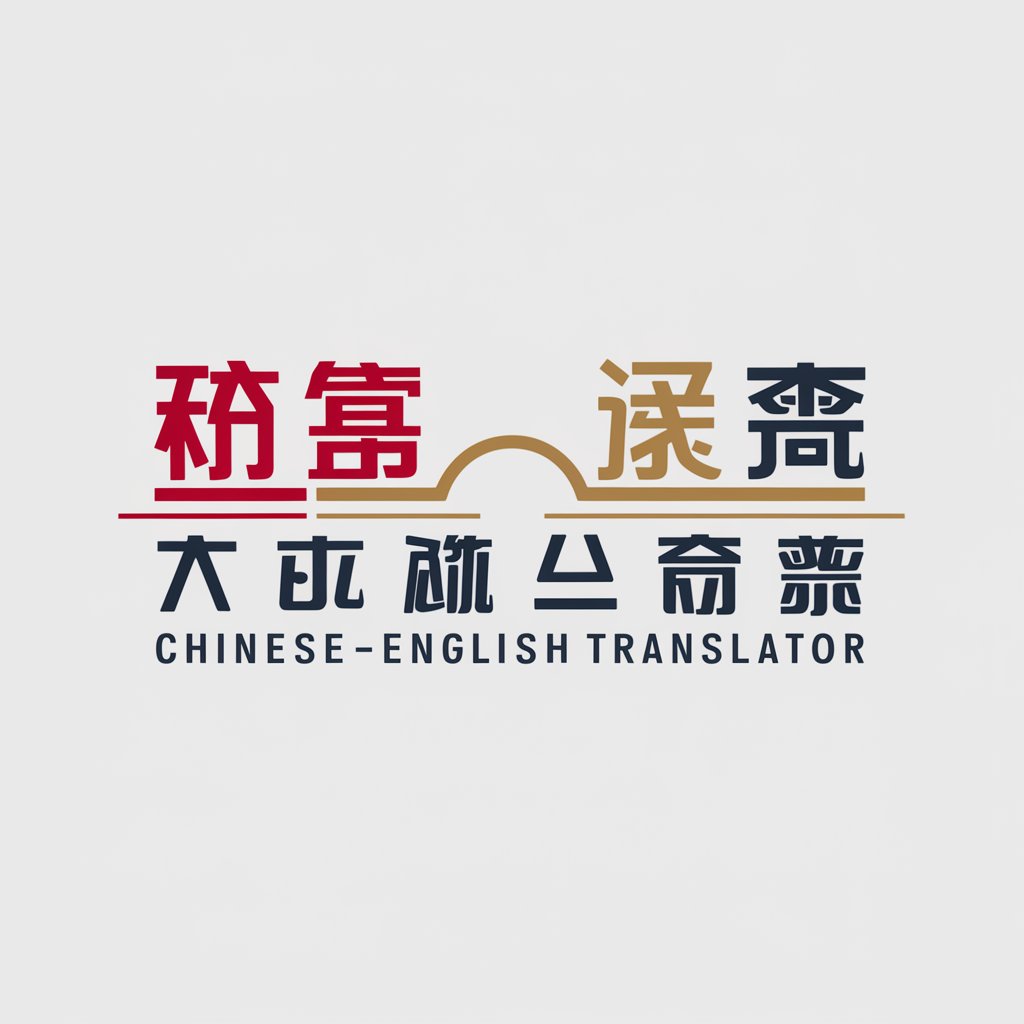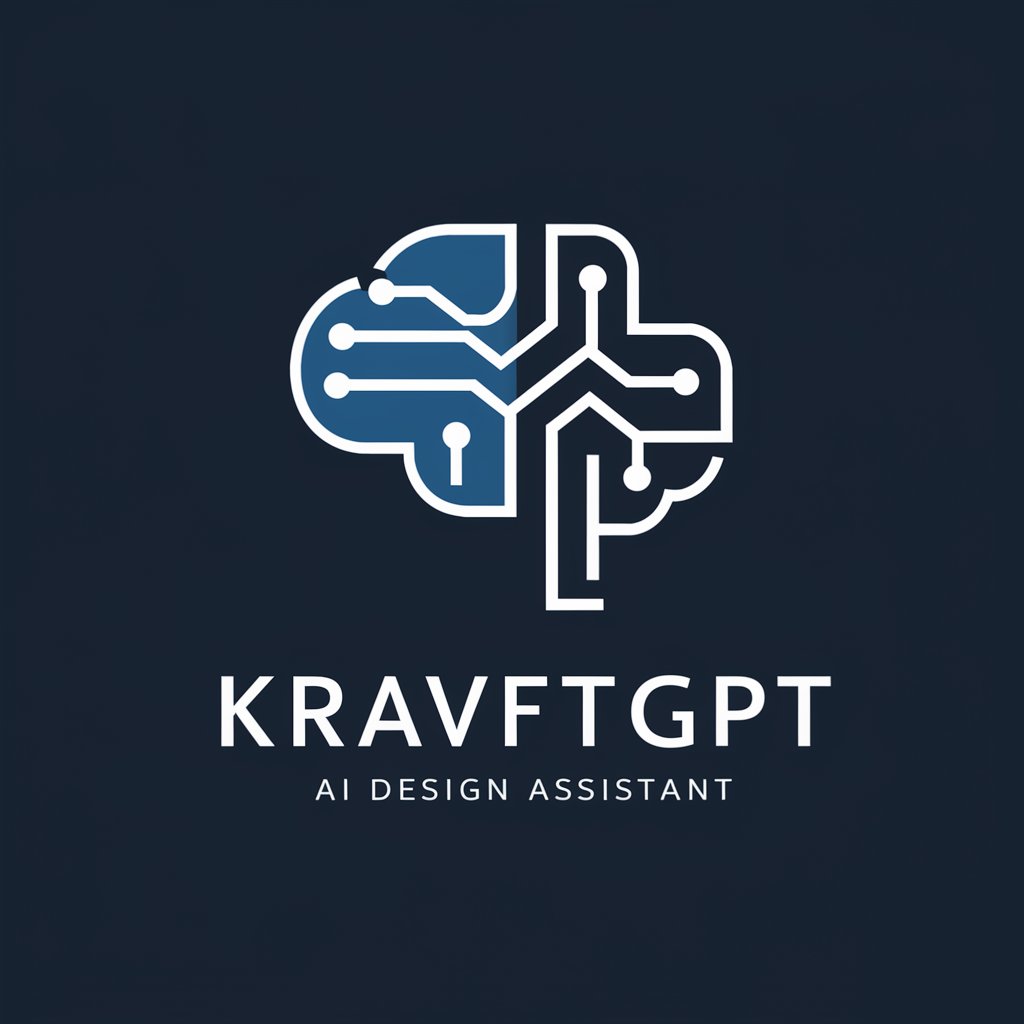Chinese-English translator. 中英翻译. - AI-Powered Language Bridging

Hello! Need help with Chinese-English translation?
Transcending Language Barriers with AI
Translate the following Chinese text to English:
How would you say this in Chinese:
Can you help me understand this Chinese phrase:
What's the English translation of this Chinese sentence:
Get Embed Code
Overview of Chinese-English Translator 中英翻译
The Chinese-English translator, 中英翻译, is a specialized AI model designed to facilitate communication and understanding between Chinese and English speakers. It transcends simple word-for-word translation, focusing on conveying the nuances, cultural context, and idiomatic expressions unique to each language. The translator is tailored for accurate and efficient conversion of text and spoken language, adapting to various dialects and linguistic styles. It is especially adept at handling complex sentences, technical jargon, and conversational idioms, ensuring that the essence of the communication is preserved. Powered by ChatGPT-4o。

Core Functions of Chinese-English Translator 中英翻译
Text Translation
Example
Translating written documents from Chinese to English and vice versa, like business contracts or literature.
Scenario
A business professional using the translator to understand a Chinese legal document.
Conversational Translation
Example
Facilitating real-time spoken language translation during meetings or travel.
Scenario
A tourist in China using the translator to communicate with locals.
Cultural Contextualization
Example
Explaining cultural references or idioms that don't have direct equivalents.
Scenario
An English speaker learning about Chinese idioms and their meanings in English.
Language Learning Aid
Example
Assisting language learners with grammar, vocabulary, and pronunciation.
Scenario
A student using the translator to practice Chinese language exercises.
Target User Groups for Chinese-English Translator 中英翻译
Business Professionals
Professionals who frequently engage in cross-cultural communication, negotiations, or need to understand and prepare multilingual documents.
Travelers and Expats
Individuals traveling to or living in Chinese or English-speaking countries, needing assistance in daily communication and cultural understanding.
Students and Educators
Language learners and teachers seeking a tool for enhancing language education, understanding linguistic nuances, and accessing diverse learning materials.
Researchers and Academics
Academics and researchers who require accurate translation of technical, scientific, or academic materials to broaden their study scope or for collaborative projects.

How to Use Chinese-English Translator 中英翻译
1
Visit yeschat.ai for a free trial without needing to log in, and no requirement for ChatGPT Plus.
2
Input the text you wish to translate, ensuring it is either in Chinese for English translation or in English for Chinese translation.
3
Click the 'Translate' button to initiate the translation process.
4
Review the translated text, noting any nuances or context-specific elements that might need further clarification.
5
Use the feedback or 'report an issue' feature to refine the translation quality and help improve the system's accuracy over time.
Try other advanced and practical GPTs
猫咪表情包生成器
Personalize Your Chats with AI-Crafted Cat Emoticons

BTC Reserve GPT
Simulate, Forecast, and Grow Your Bitcoin Investments

SLAM Nerd
Unleashing the Power of SLAM AI

SWOT分析ナビゲーター
Empower Your Strategy with AI

Mirror Author
Empower Your LinkedIn Presence with AI

Everybody Hero!! ✨
Unleash Your Inner Hero with AI

Web Insight
Unlock insights with AI-powered exploration

App Advisor
Empowering choices with AI-driven app advice

KravftGPT
Crafting Documents with AI Precision

Stock Squeeze Analyst
Unlock market dynamics with AI-powered analysis.

Gain: Big Ideas in 15 Min
Unlock Big Ideas in Minutes

Photography Master
Elevate your photos with AI-powered advice

Frequently Asked Questions about Chinese-English Translator 中英翻译
Can the translator handle technical or specialized terminology?
Yes, the translator is equipped to handle a wide range of terminologies, including technical and specialized language, though accuracy may vary depending on the complexity.
Is there a limit to the length of text that can be translated?
While there's no strict limit, longer texts may be segmented for optimal translation quality. It's recommended to translate large texts in smaller parts for better results.
How does the translator handle cultural nuances or idiomatic expressions?
The translator aims to capture cultural nuances and idiomatic expressions by using advanced AI algorithms, but some subtleties may be lost or approximated.
Is the translation instant, or is there a noticeable delay?
Translations are typically generated almost instantly, though this can depend on the length and complexity of the text.
Can the translator learn from user corrections or feedback?
Yes, user feedback is valuable for improving the accuracy and sophistication of the translator over time.
